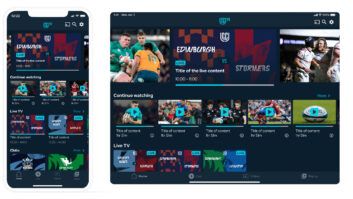
On demand TV is the core business. There is now a need to drive down the cost of producing and distributing content in a cross-platform way and to address emerging business models for monetising content. It is a reality of the media landscape today that supplier relationships, logistics networks, product design and customer service all live in a state of permanent flux. Hence, sustainable competitive advantage requires a high degree of operational adaptability. This in turn requires a new breed of technologies.
The same consumer-driven technologies which have paved the way for personalised, multi-platform TV have in turn made upstream processes in the production and post production world really show their age. Many media IT services were built to serve static and often functionally siloed operating model which are rapidly dying out.
The incumbents are frequently weighed down with unwieldy, patched-together technology stacks. They still rely on outsourced manual labour and extensive workarounds and front offices are disjointed from their colleagues at the back. Media IT needs to become much more horizontally integrated and dynamically composable to keep pace with the speed of media businesses today.
Fortunately, new consumer technologies can be harnessed to improve the entire TV and video supply chain. This can only be brought about by removing silos and introducing new end-to-end, data-driven architectures that rely on composable, web-based technologies that can operate cheaply at scale. It brings about the need for a new media management paradigm as drastic as the paradigm shift from linear broadcast to OTT.
The overwhelming complexity of cross-platform TV can only be managed by a completely new family of software products that replace the old on premise, monolithic MAM systems. By harnessing media logistics platforms, content owners
will be unhampered by outdated IT paradigms and these new platforms will keep the wheels of the TV industry spinning freely and quickly in response to changing demands.
Just as the OVP market has seen rapid growth and an accelerated journey to maturity, so the media logistics market is now set for growth, as premium media companies look to solve the media management and logistics challenges that are today acting as an impediment to growth.
The core drivers of growth for this market will be the expansion of multiscreen TV markets, the growing complexity of media management, and the increasing maturity of technology and platform strategy at media companies. It will also be driven by the need for richer data about content and its usage in the marketplace.







